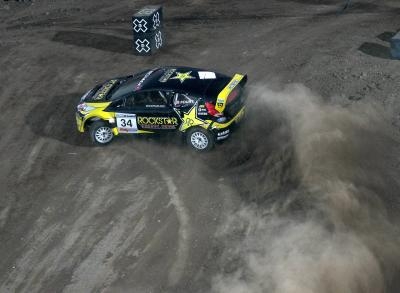
Tie rods are important parts of an automobile's steering system, serving to both link the wheels to each other and to the steering box located in the middle of the chassis, between the wheels. Technically, an automobile's tie rods are more of a mechanical linkage than a "tie rod" in the technical sense, but it's a common automotive term nonetheless.
Technically, the structural function of a tie rod function is the same as that of a cable, as it's designed to carry only a tensile (stretching) load rather than a tensile, compressive and lateral (bending) load. An automobile's steering tie rods experience all of these forces, pulling the wheels in toward the center (tensile force), pushing them outward (compressive force) and remaining straight in the process.
Tie rods may run the entire width of the car, from wheel-to-wheel, or they may terminate at either end of a rack-and-pinion steering box. If the car uses an old-style recirculating-ball steering system, the steering box will connect to the tie rod via a vertical Pittman arm; otherwise, the tie rods bolt to the output on either side of the steering box. A threaded potion on the tie rod allows the end-user to adjust the amount of "toe-in" (the front of the wheels point at each other) or toe-out (the front of the wheels point outward).
The tie rod itself will only fail if it gets bent or broken, but its linkage points can wear out or break any time. Depending upon the system, the tie rod may have spherical ends (Heim joints), bushings, bolts or bearings connecting the rod to the steering knuckles or to the steering box. If any of these joints wear out, the steering can end up feeling vague or sloppy. Outright failure may result in complete loss of steering control over one or both front wheels.